

William Stopford
Every SUV, ute and van discontinued in Australia in 2025
5 Hours Ago
Mitsubishi will reportedly offer only four platforms globally by 2026, and it'll only develop two of these itself.

News Editor
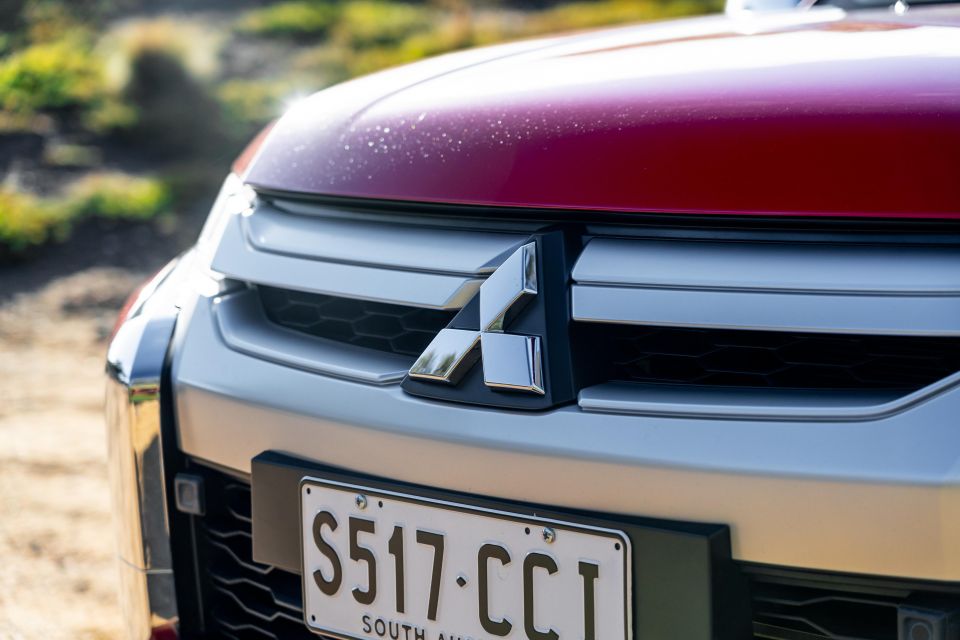

News Editor
Mitsubishi will only sell Nissan-based models in its home market of Japan, according to an overseas report.
Nikkei Asia reports the company will stop developing car platforms for the Japanese market and instead use only Nissan platforms from around 2026.
This will free up research and development investment for electric vehicles and other technologies.
UPDATE, 16/09/21 –A spokesperson for Mitsubishi Motors Australia says, “We have spoken with our global head office and they have told us that these reports are incorrect.”
It’s also reducing the number of platforms it uses globally. It started this year with eight platforms, and will reportedly reduce that number to four by March 2026.
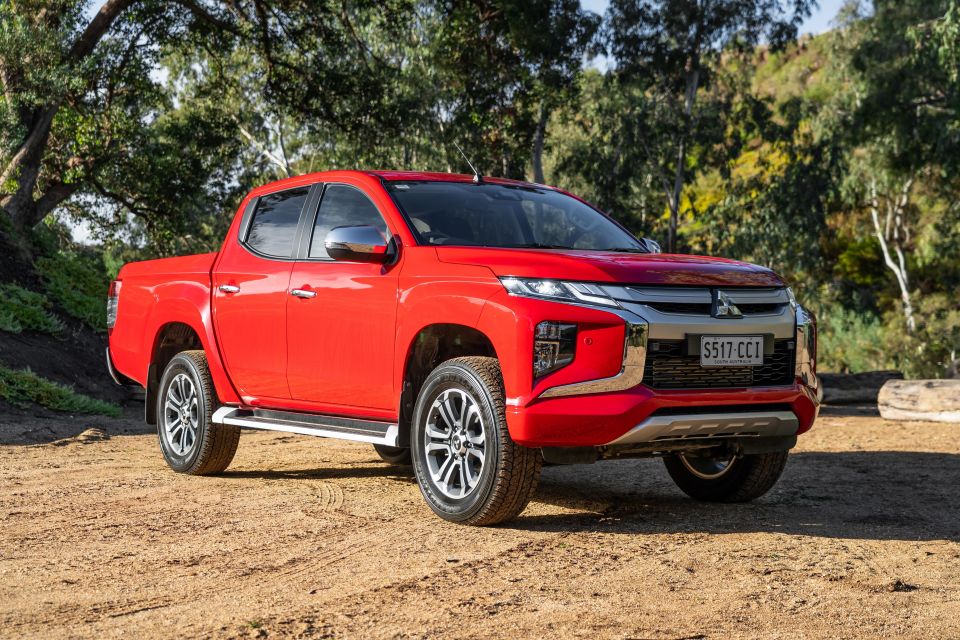
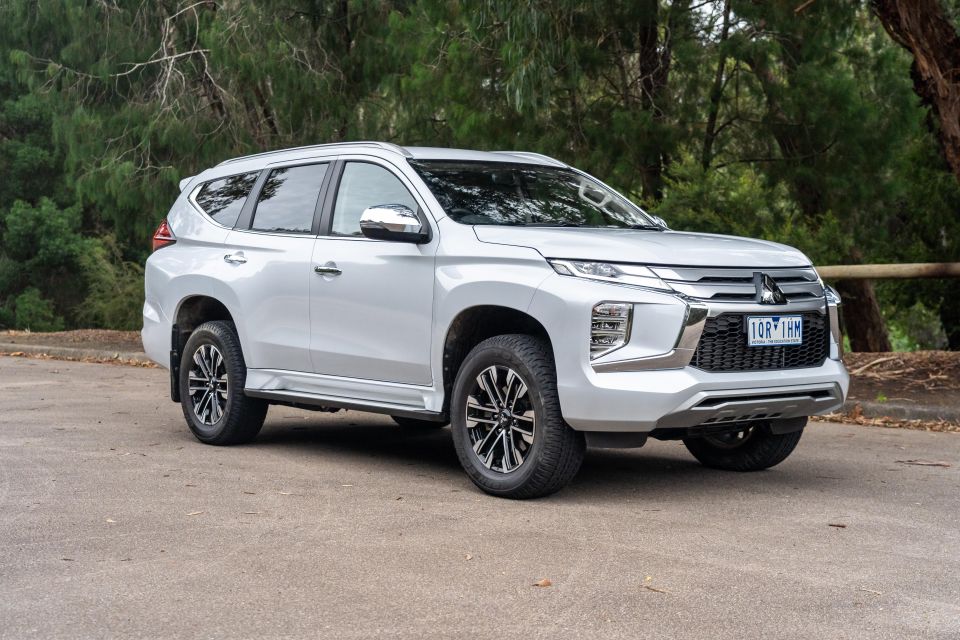
Two of these will be platforms it’ll develop itself for its core market of south-east Asia.
It’s expected one of these platforms will be for the next-generation Triton and Pajero Sport, and that the next Nissan Navara will use this.
The reduction of platforms developed internally to two suggests the next-generation ASX and Eclipse Cross could share platforms with Nissan.
The company has already revealed the 2022 Outlander, which will share its platform with the 2022 Nissan X-Trail.
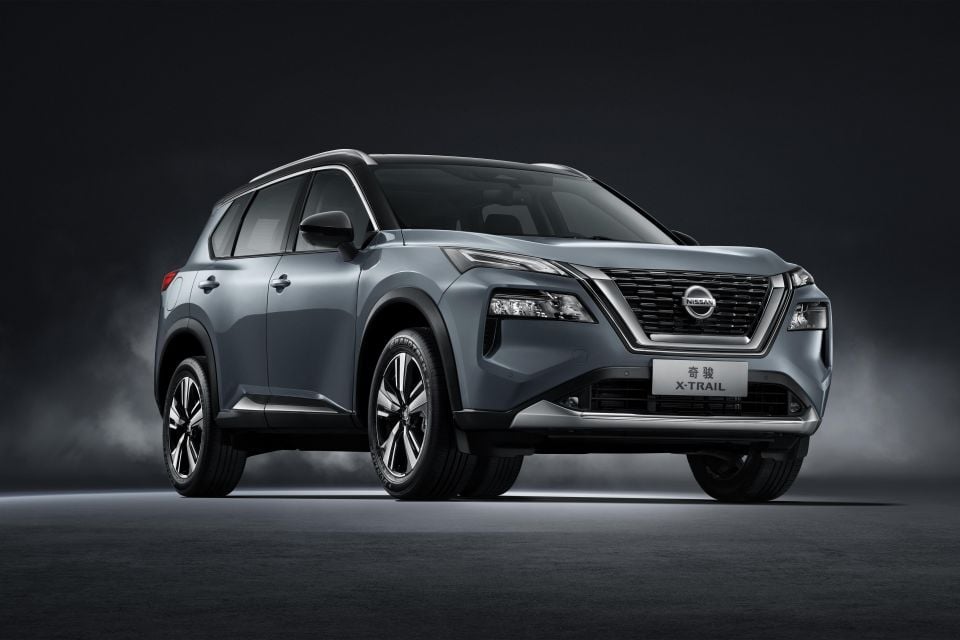
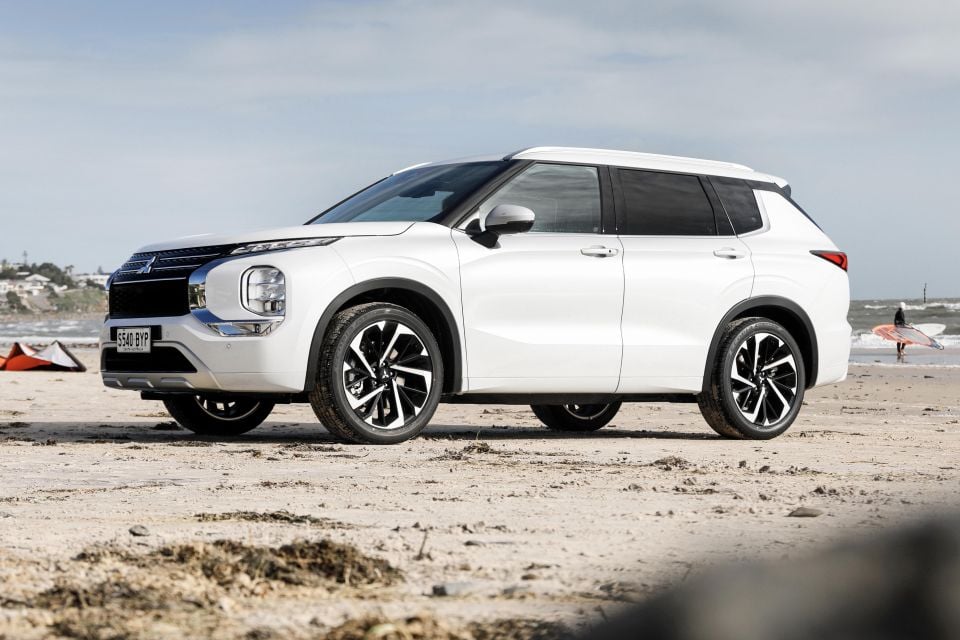
The company has an R&D budget of 99 billion yen (A$1.22 billion) for the fiscal year ending March 2022, down 30 per cent from its record 2019 fiscal year budget. This budget will reportedly stay around the 100 billion yen mark.
In Japan, it sells the Outlander alongside the Mirage, RVR (ASX) and Eclipse Cross, as well as the Delica D:5 MPV that shares its platform with the last two.
Mitsubishi also sells a wide range of tiny kei cars in Japan, plus the Delica D:2 light MPV.
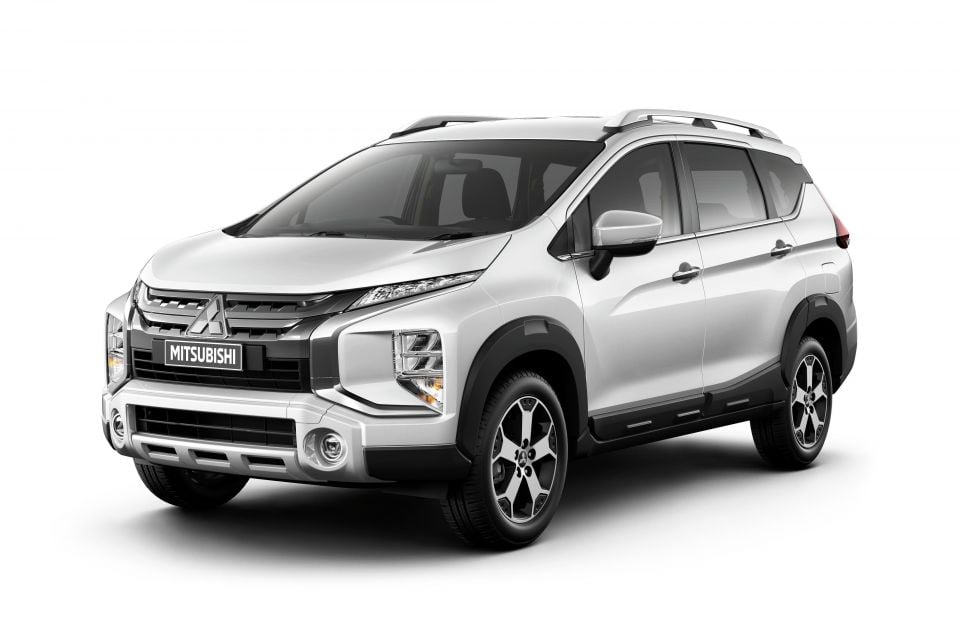
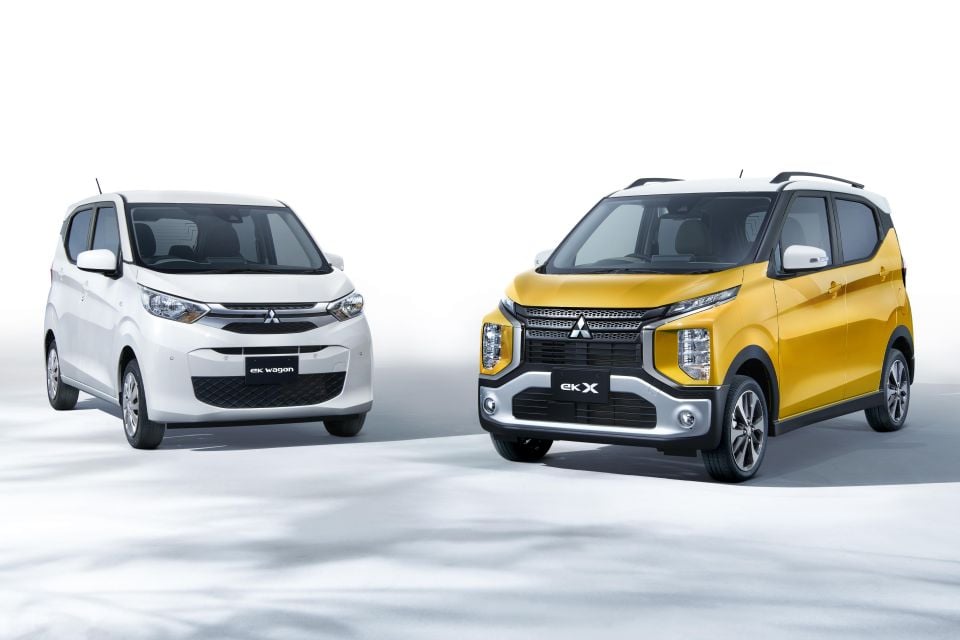
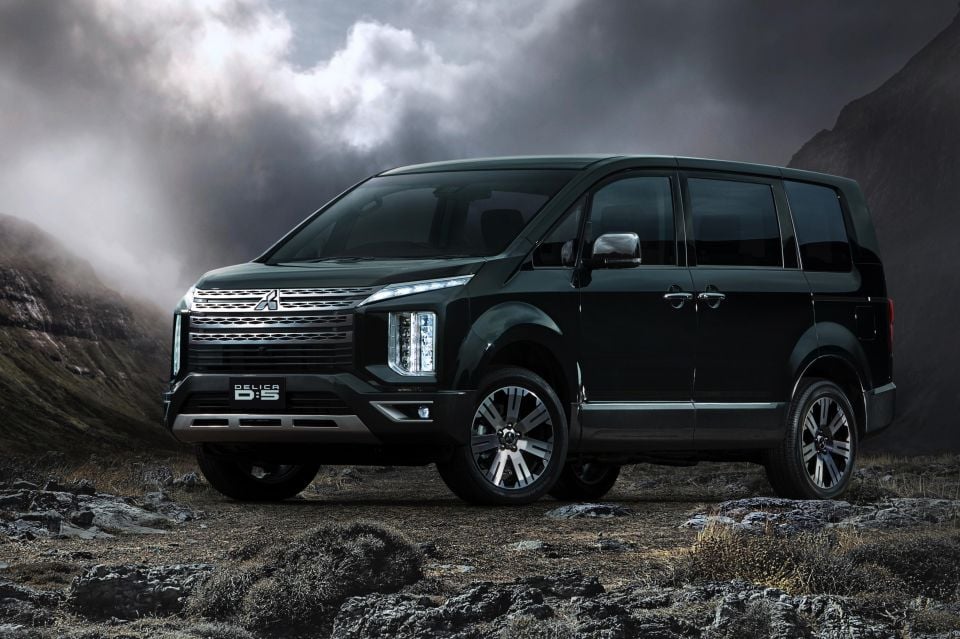
As is common at this end of the Japanese market, many of these vehicles are rebadged. The Delica D:2, Town Box and Minicab are all rebadged Suzukis, while the Mitsubishi eK was developed with Nissan which also sells a version.
Over in Mitsubishi’s key market of Thailand, it sells the Mirage hatch and related Attrage sedan, plus the Outlander PHEV, Triton, Pajero Sport, and the Xpander that was conceived for developing markets.
Should Mitsubishi stop developing car platforms for the Japanese market, it’ll be the first Japanese automaker to do so in decades.
The last passenger car developed by Isuzu was launched in 1990, and a few years later it was selling only rebadged Honda Accord and Civic models alongside its SUVs before exiting the passenger car market altogether.
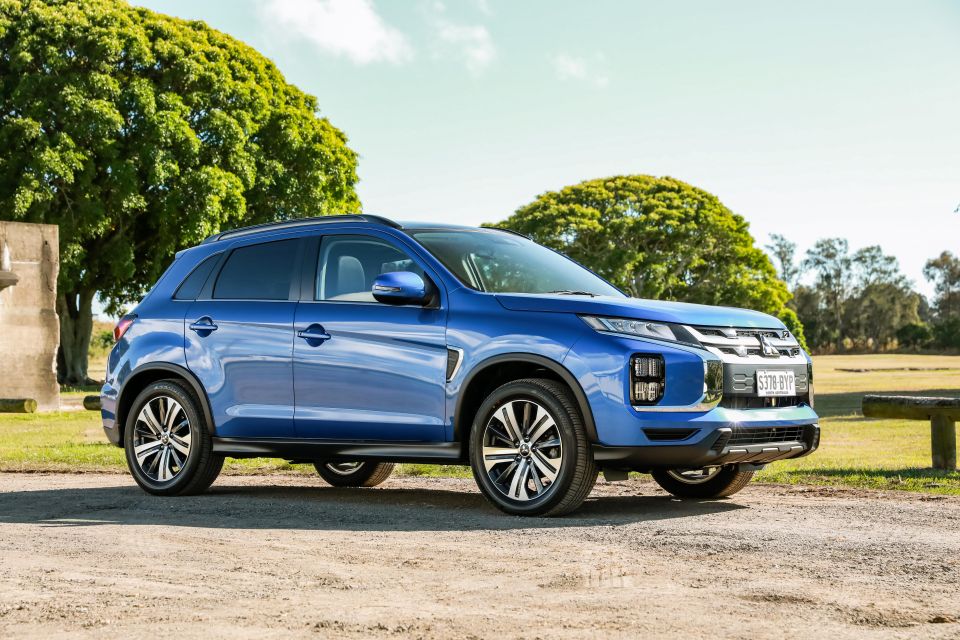
In 2020, Mitsubishi was the eighth best-selling car brand in Japan. The best-selling brand was Toyota, followed by Suzuki, Honda, Daihatsu, Nissan, Mazda and Subaru.
The Renault-Nissan-Mitsubishi Alliance outlined its new working relationship late last year, dubbed the leader-follower model.
The plan sees one of the Alliance’s manufacturers nominated as a leader on each vehicle segment, while Mitsubishi has also been put in charge of plug-in hybrid powertrains.
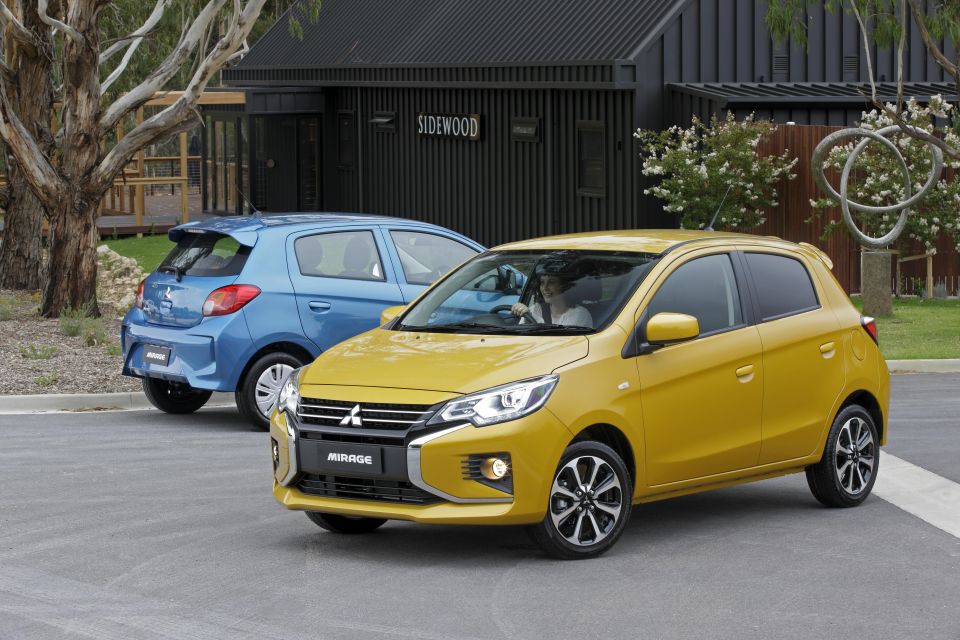
The nominated company is responsible for all the engineering for the lead vehicle and its siblings, although the other partners will send teams to assist.
Mitsubishi’s design boss says design bosses from all three brands have met to discuss how the Alliance will handle its design future – and maintaining a distinct character for each company is a key consideration.
“Our Alliance – Renault, Nissan, and Mitsubishi – we are always respecting each brand” said Seiji Watanabe, divisional general manager of design at Mitsubishi Motors.
“We are shaking hands to keep each strong brand identity.”
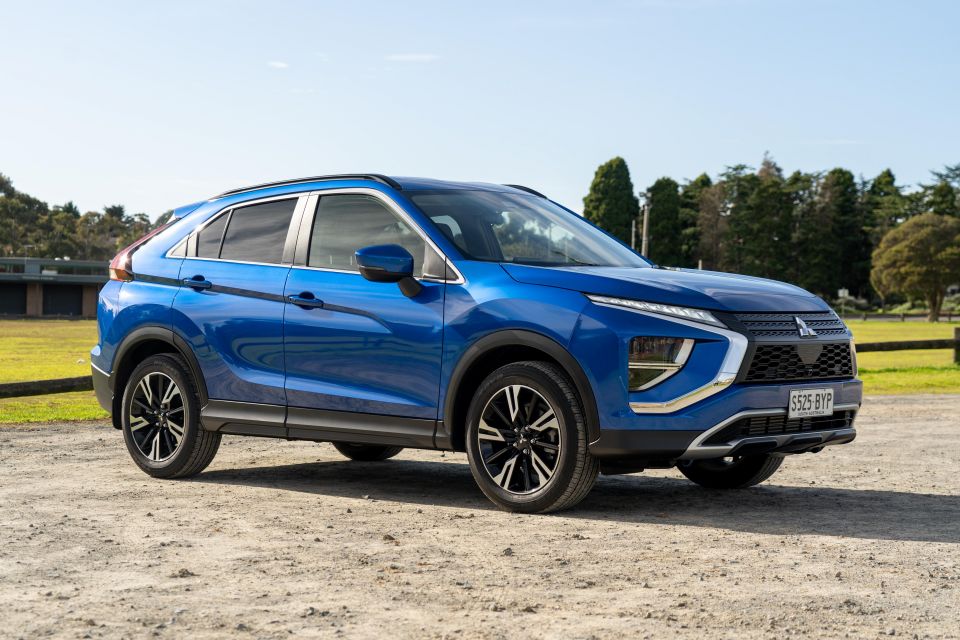
The Alliance expects around 50 per cent of its new vehicles to be developed under the leader-follower system by 2025. According to the companies, development costs for cars made this way will be about 40 per cent lower.
Renault, Nissan and Mitsubishi have each been assigned core regions where they are the “reference company”, and will oversee the regional strategy for the Alliance. The breakdown is as follows:
William Stopford is an automotive journalist with a passion for mainstream cars, automotive history and overseas auto markets.


William Stopford
5 Hours Ago


Ben Zachariah
6 Hours Ago


Derek Fung
7 Hours Ago


Matt Campbell
13 Hours Ago


William Stopford
1 Day Ago


Josh Nevett
1 Day Ago